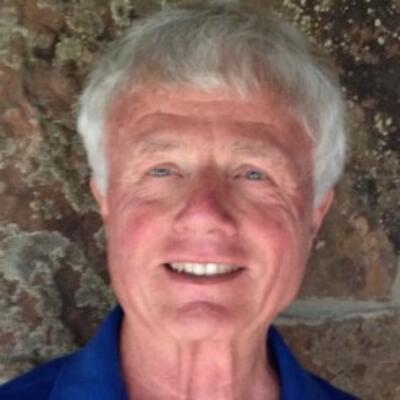Sunburst: December 2019
My Farewell to You as ISES President
With this message I bid a fond farewell to all of the ISES membership and our extended family of partners and renewable energy enthusiasts as President of ISES. I have had the distinct honor and privilege to serve as your president for an unprecedented ten years, spanning the entire decade of the twenty teens. During that time, I have written about 80 columns for this newsletter. I am pleased to turn the reins over to Prof. Klaus Vajen of Kassel University, who becomes ISES President on 1 January 2020. And although this will be my last column as President, I do intend to continue with my periodic SunBurst blog in future newsletters.
During the past decade the installed capacity of Solar PV systems has grown from 23 GW at the start of 2010 to around 600 GW today, and solar thermal systems from 203 GW-thermal to over 500 GW-thermal during that same time period. Over this same time period wind energy installed capacity grew from 159 to over 600 GW and concentrating solar thermal power (CSP) grew from less than 1 GW to over 5.5 GW. Today the global power sector is powered by over 26% renewable energy[1], and renewables surpass traditional energy sources for new installed power capacity around the world. Government policies and national targets for RE deployments have grown significantly through the decade, and utility acceptance of variable renewable energy supply has expanded in many countries. Clearly the twenty teens saw great strides in a global clean energy transformation, and for all purposes could be called the decade of renewable energy.
But during this decade the scope of our challenge in addressing key energy-related issues, such as environmental impacts, energy security, and access to finance, also became paramount. At the start of the decade there was hope that annual global CO2 emissions had peaked at around 30 Gt and would start to decrease due to all the clean-energy initiatives and growing acknowledgement of the need to combat climate change. Nevertheless, despite the signing of the Paris Climate Agreement in mid-decade, annual global CO2 concentrations actually increased and are now around 33.1 Gt, much of this still due to coal-fired power generation and the use of fossil fuels in the transportation sector[2]. We see these challenges as indicators that ISES’ work is nowhere near completed: despite the impressive growth of solar technologies from laboratory experiments to commercial success that has happened since the early days of ISES, dating back to the middle of the last century, much work remains to urge governments and civil society to be more ambitious on addressing climate change, and to articulate the multitude of environmental, economic, and energy security benefits of a 100% renewable energy system.
Throughout this decade ISES has also transformed and expanded its purpose from not only promoting the continued R&D in renewable energy innovation through its technical Congresses and Conferences and the renowned Solar Energy Journal (SEJ), but also by connecting with a much broader stakeholder community through outreach with its growing list of partners, and through its webinar series and on-line infographic publications. In my very first newsletter column published almost ten years ago I listed six major goals to the ISES community on which I would focus: 1) Enhancing the Society’s technical credentials through the SEJ and its conferences; 2) growing our partnerships with other like-minded organizations; 3) developing targeted and effective communications to our membership; 4) increasing our active participation in key international events such as the UN climate conferences as well as those of key international organizations such as the International Energy Agency (IEA), the International Renewable Energy Agency (IRENA), and the REN21 International Renewable Energy Conferences (IRECs; 5) improving our members’ benefits; and 6) strengthening the financial security of the Society.
Although there will always be plenty of work to be done to improve our messaging and value, I do believe we have made significant progress om these six goals, and that the Society has moved forward in major ways to assist the world in achieving a 100% renewable energy supply, used efficiently and wisely. To this, I want to especially acknowledge the very talented and thoughtful Board of Directors and Executive Committees I have worked with over the years, the hardworking and dedicated staff at ISES HQ in Freiburg, and all loyal ISES members who, through their own actions, play key, instrumental roles in fulfilling our vision and making the world a better, safer, and more equitable place for all humanity. I specifically want to give a special shout out to Jennifer McIntosh, who took over the challenging role of ISES Executive Secretary shortly after my term began, Monica Oliphant for her dedication to ISES and to the Board as the “Immediate Past President” during my entire term, and my wife Paulette Middleton for her inspiration as she served with me on the Board and as ISES Secretary.
I wish all of you a happy holiday season and a healthy and successful New Year and look forward to staying in touch with all of you in the future.
1] These numbers are derived from the REN21 2019 Global Status Report.
[2] From the IEA Global Energy and CO2 Status Report
